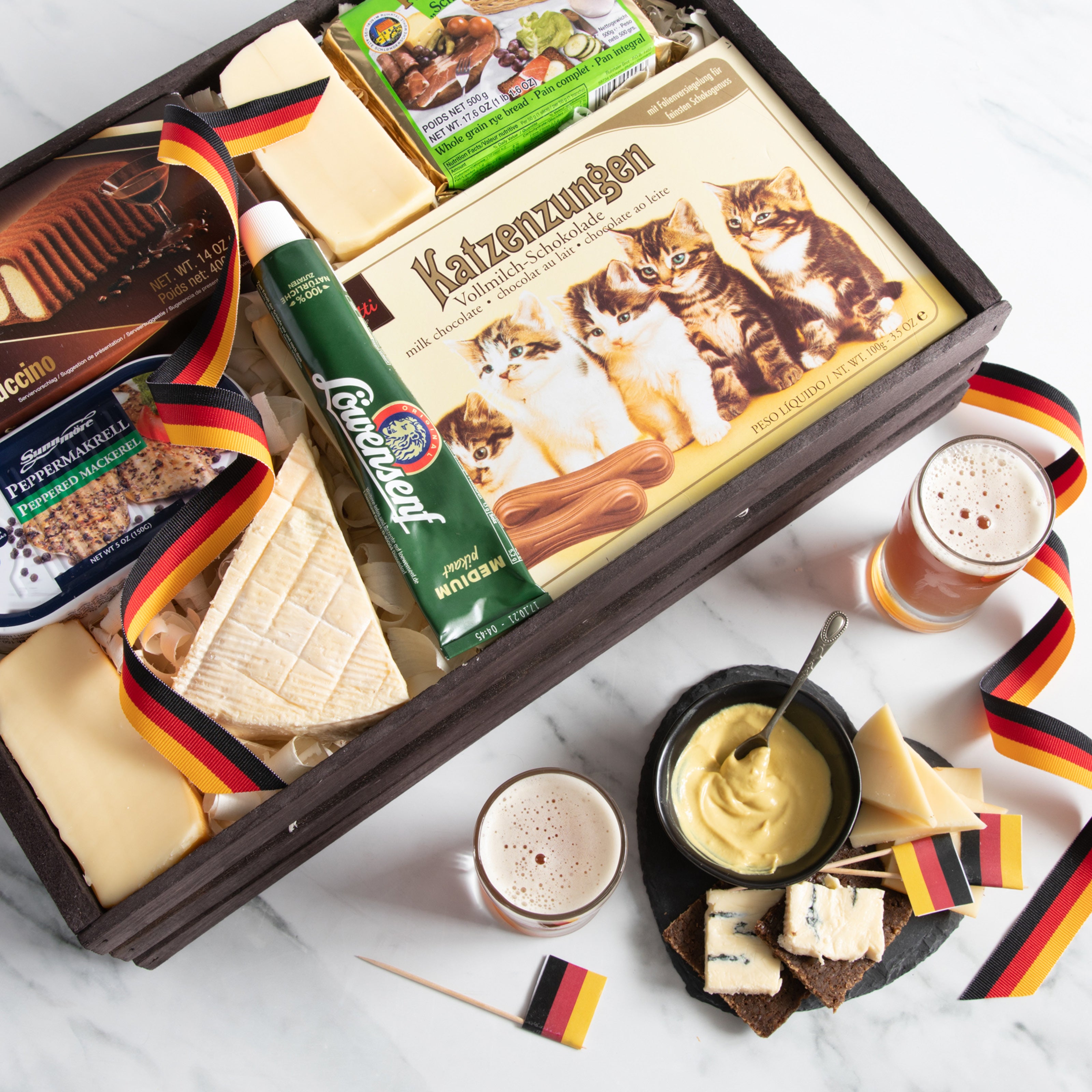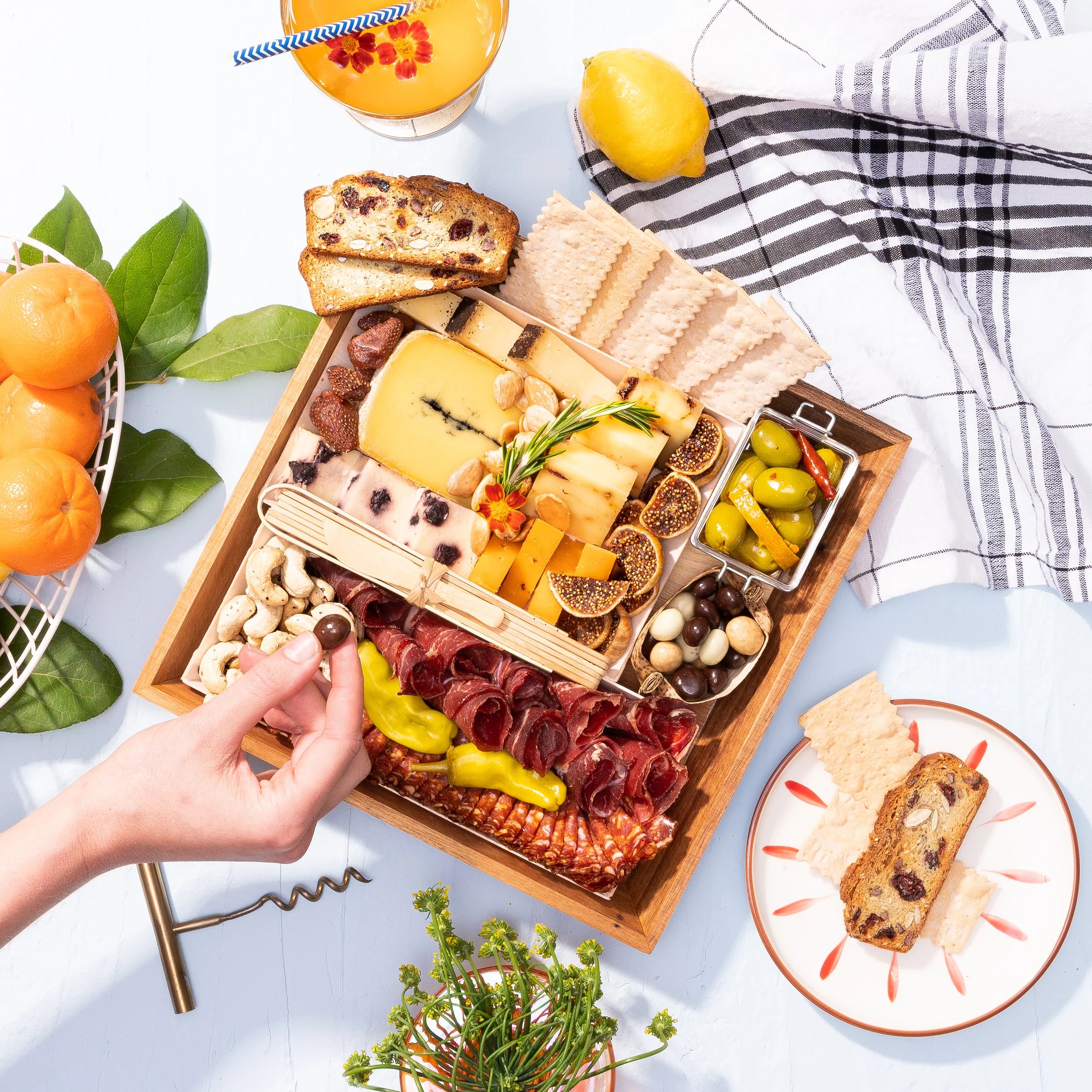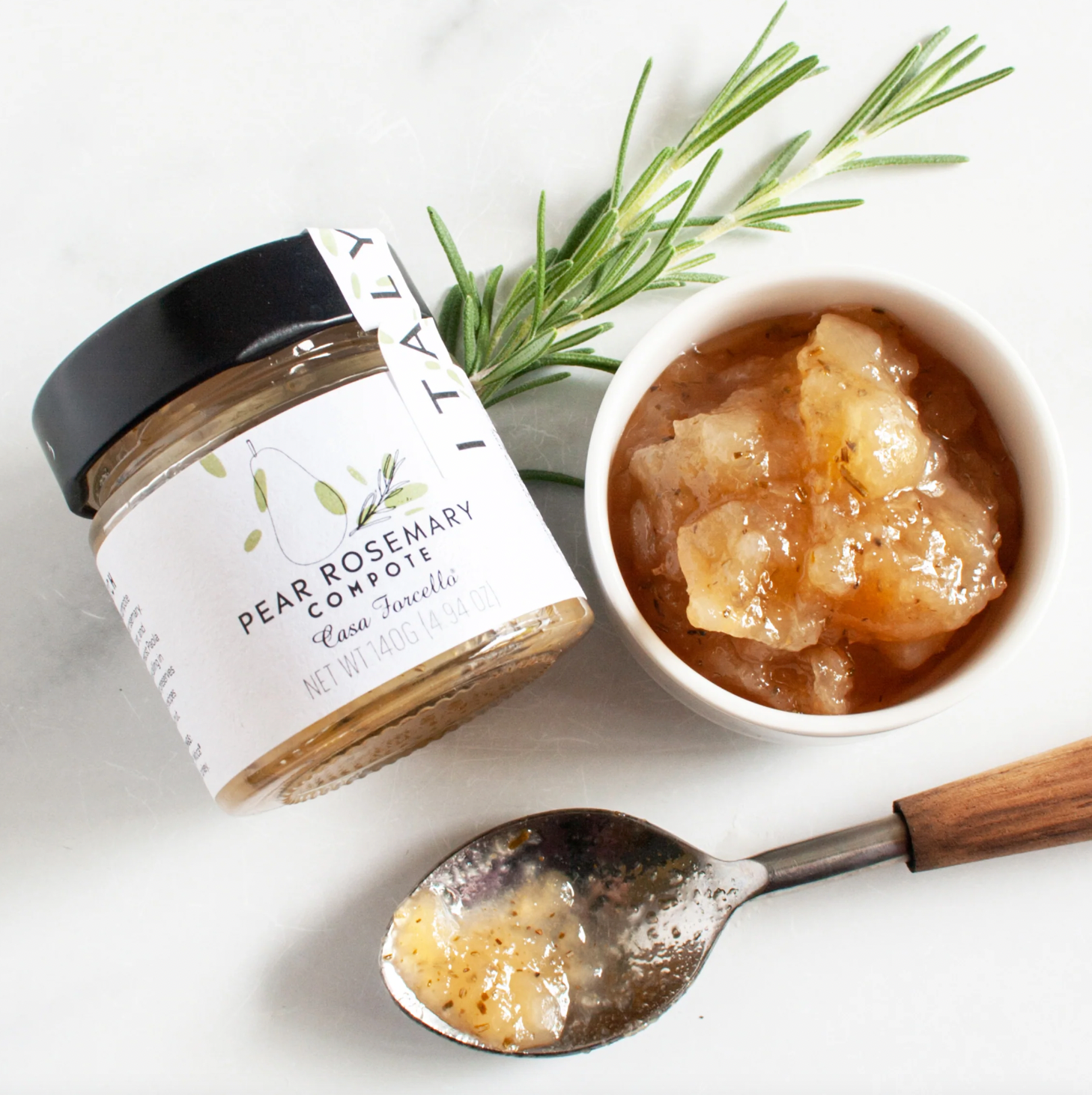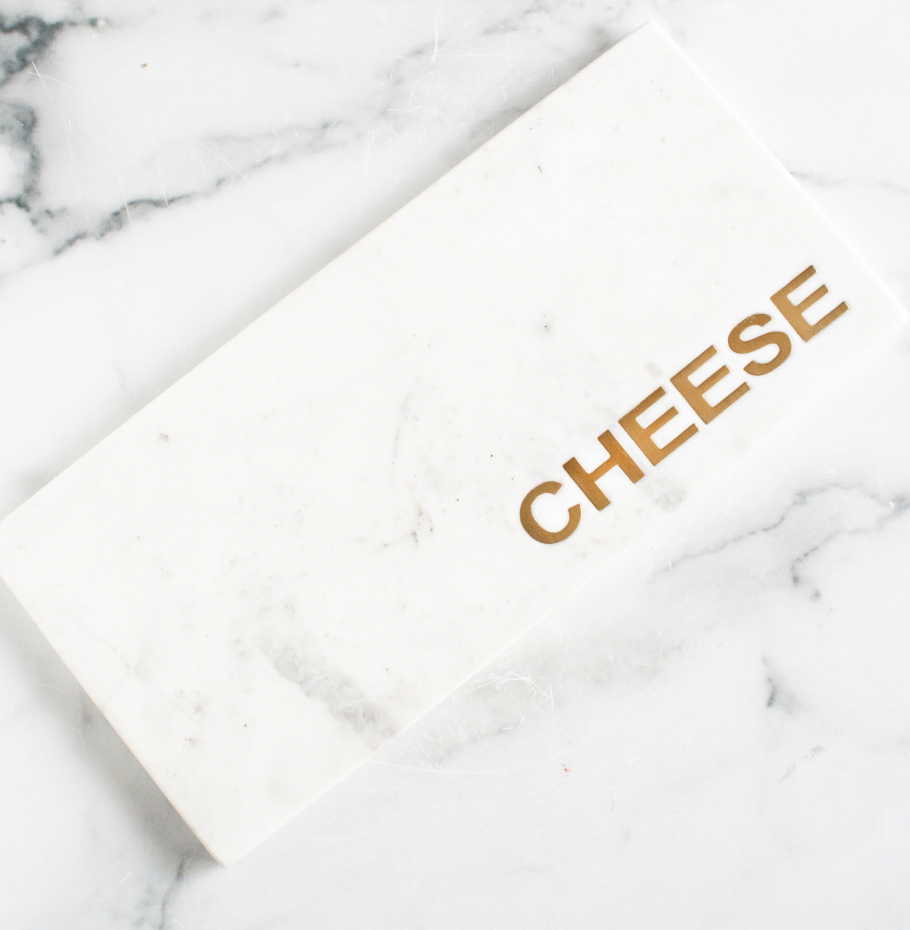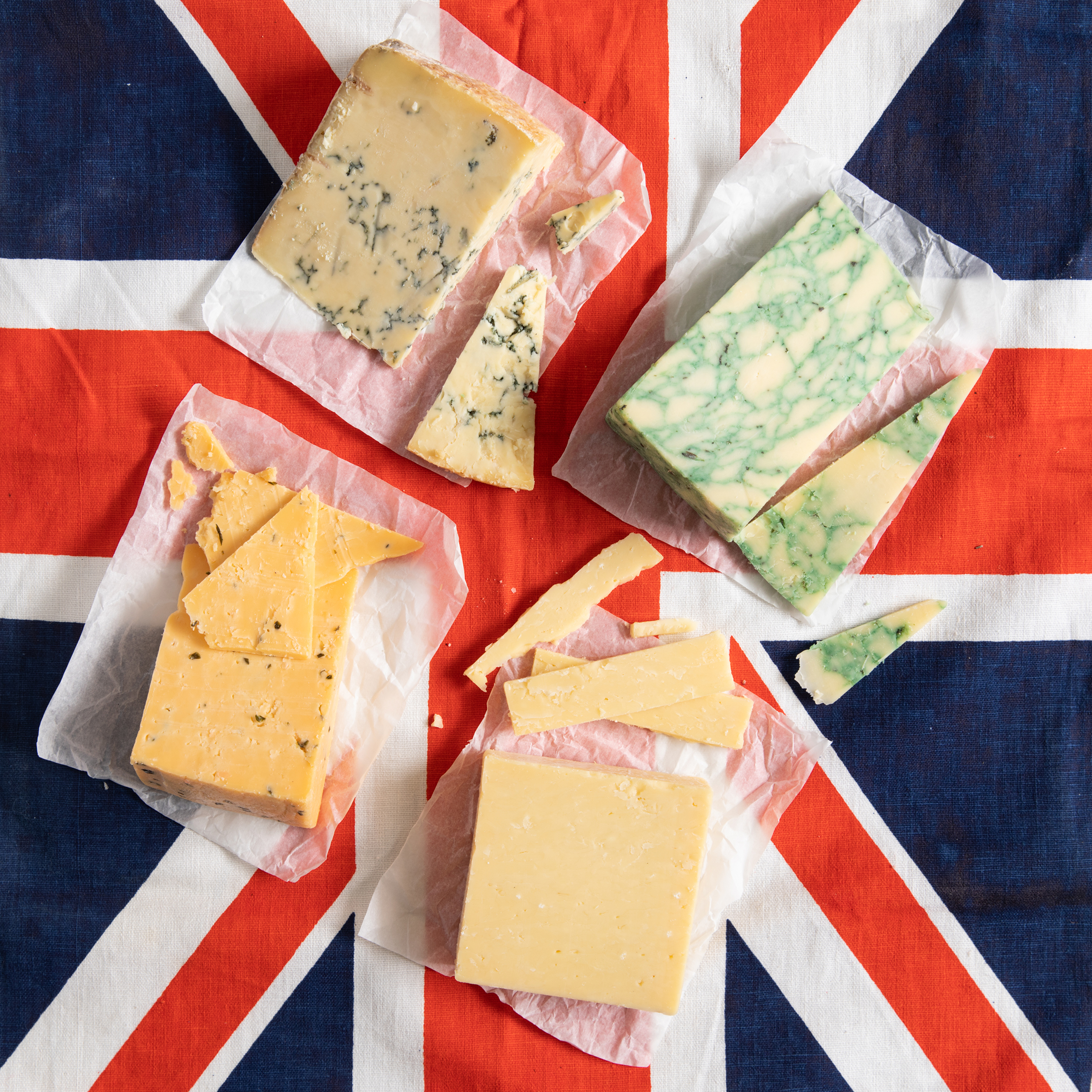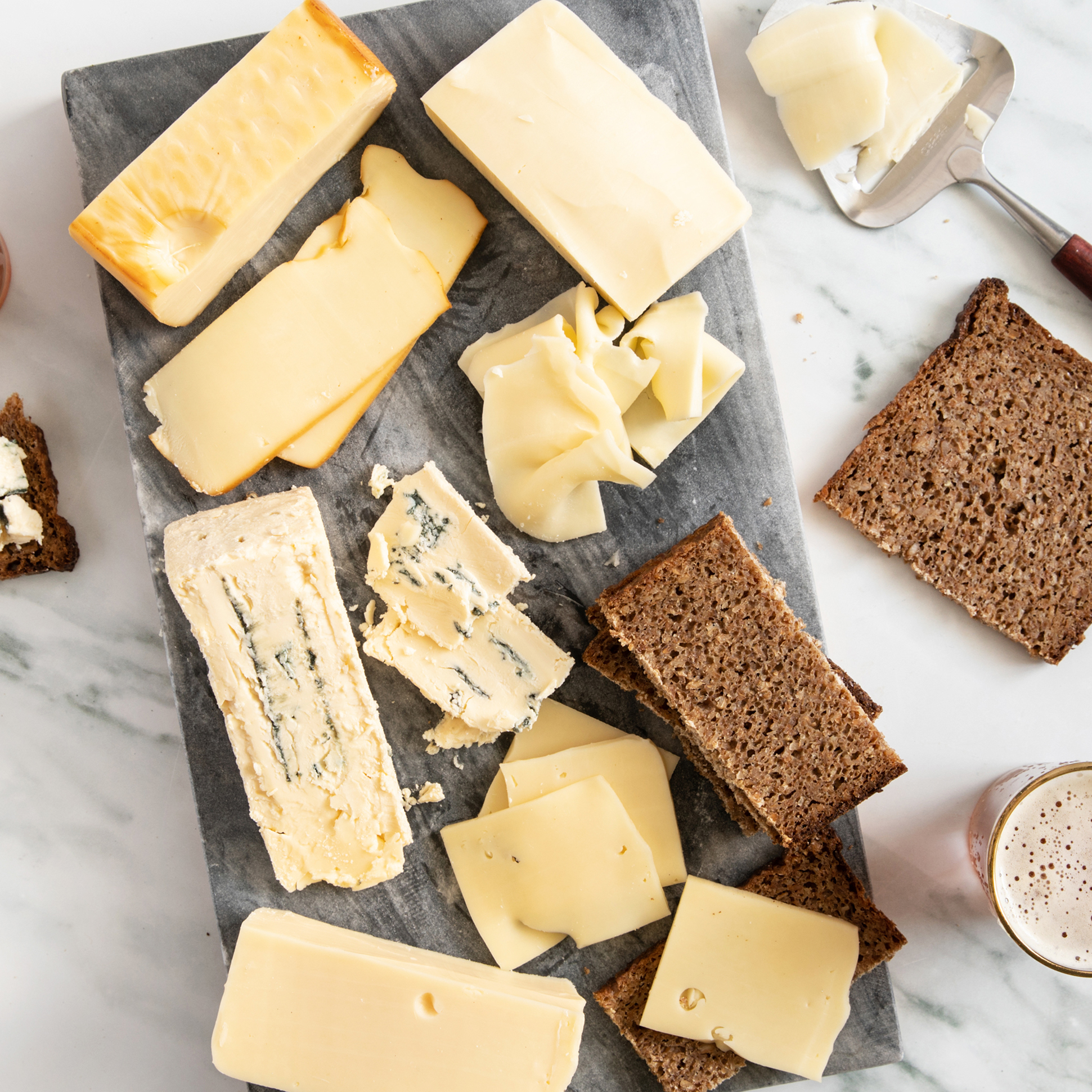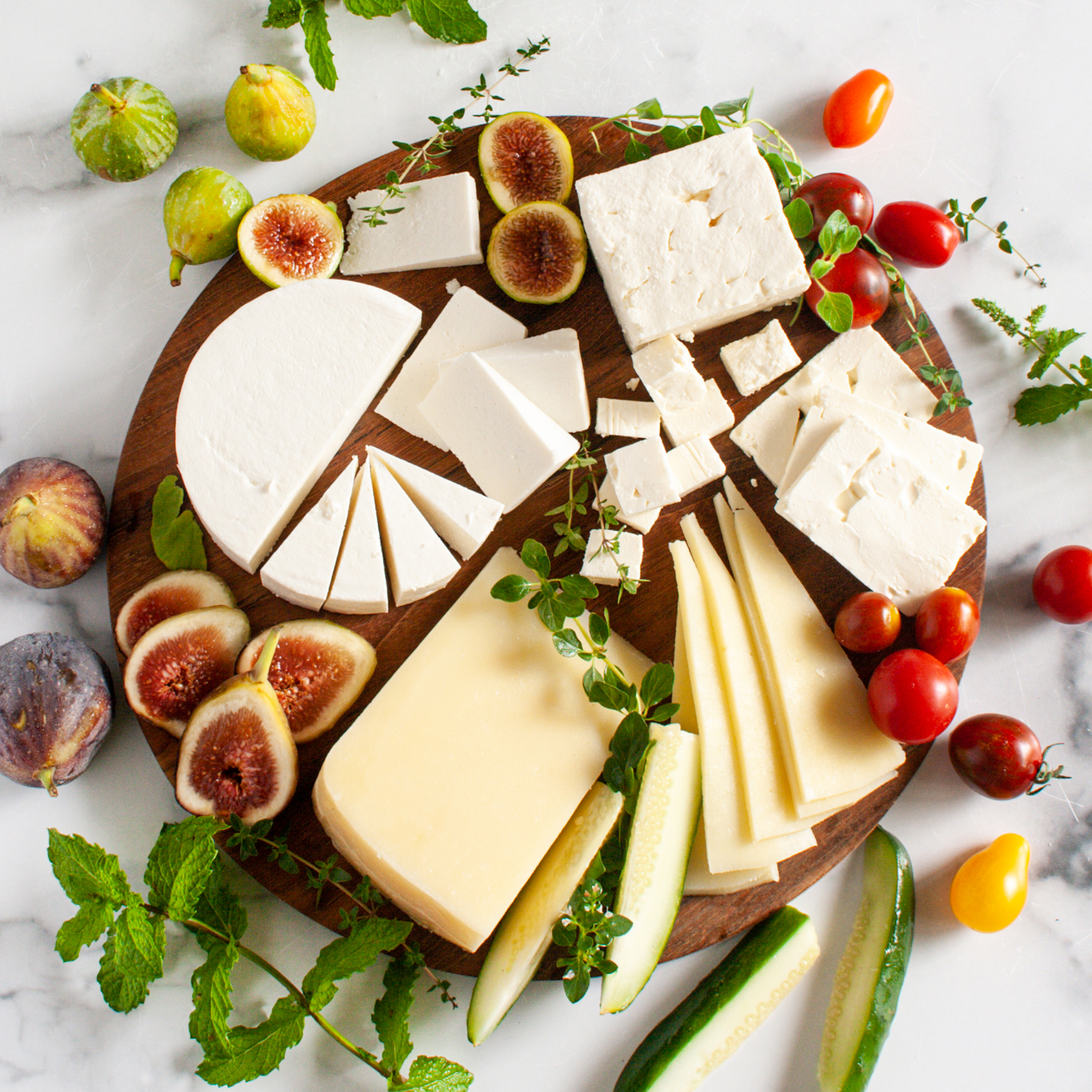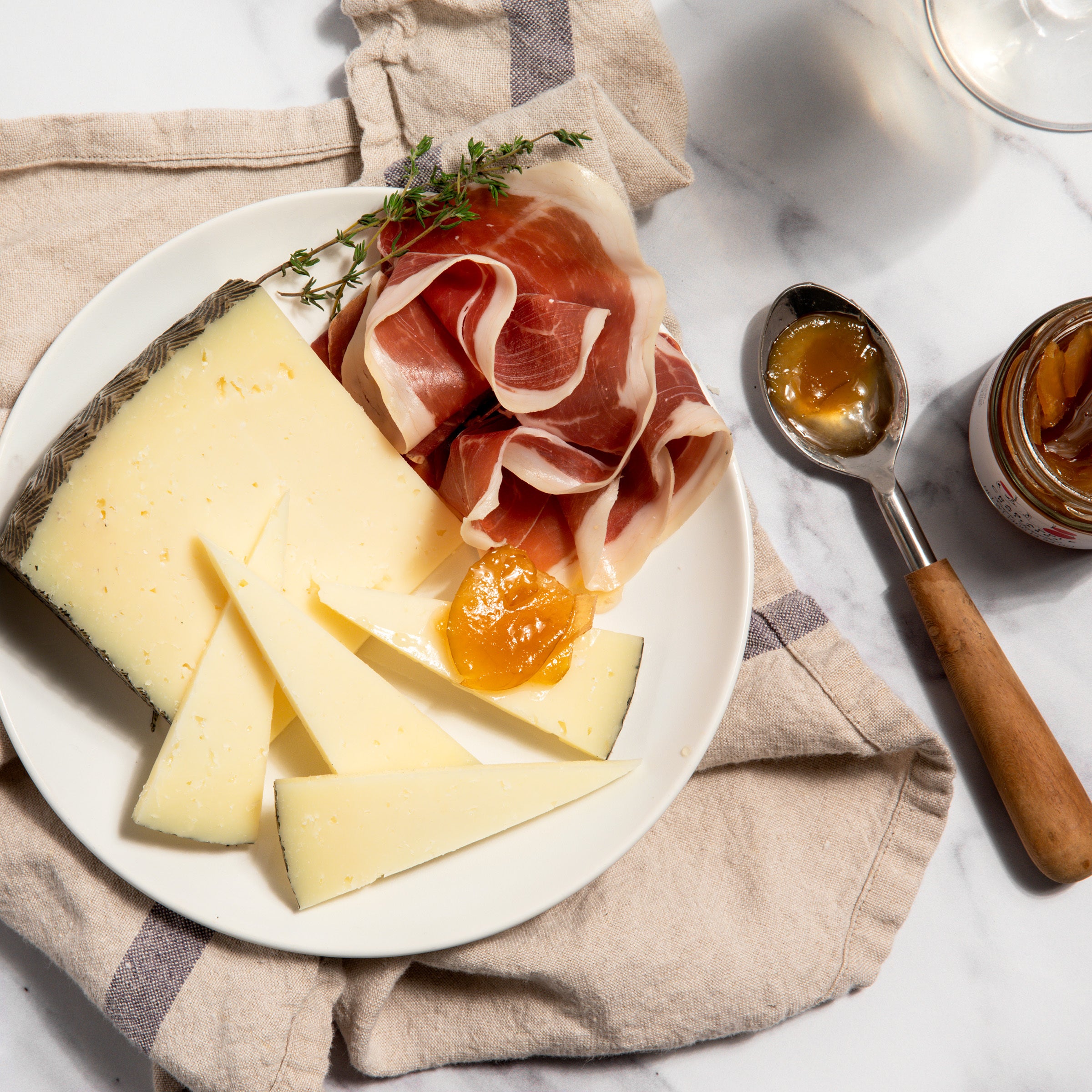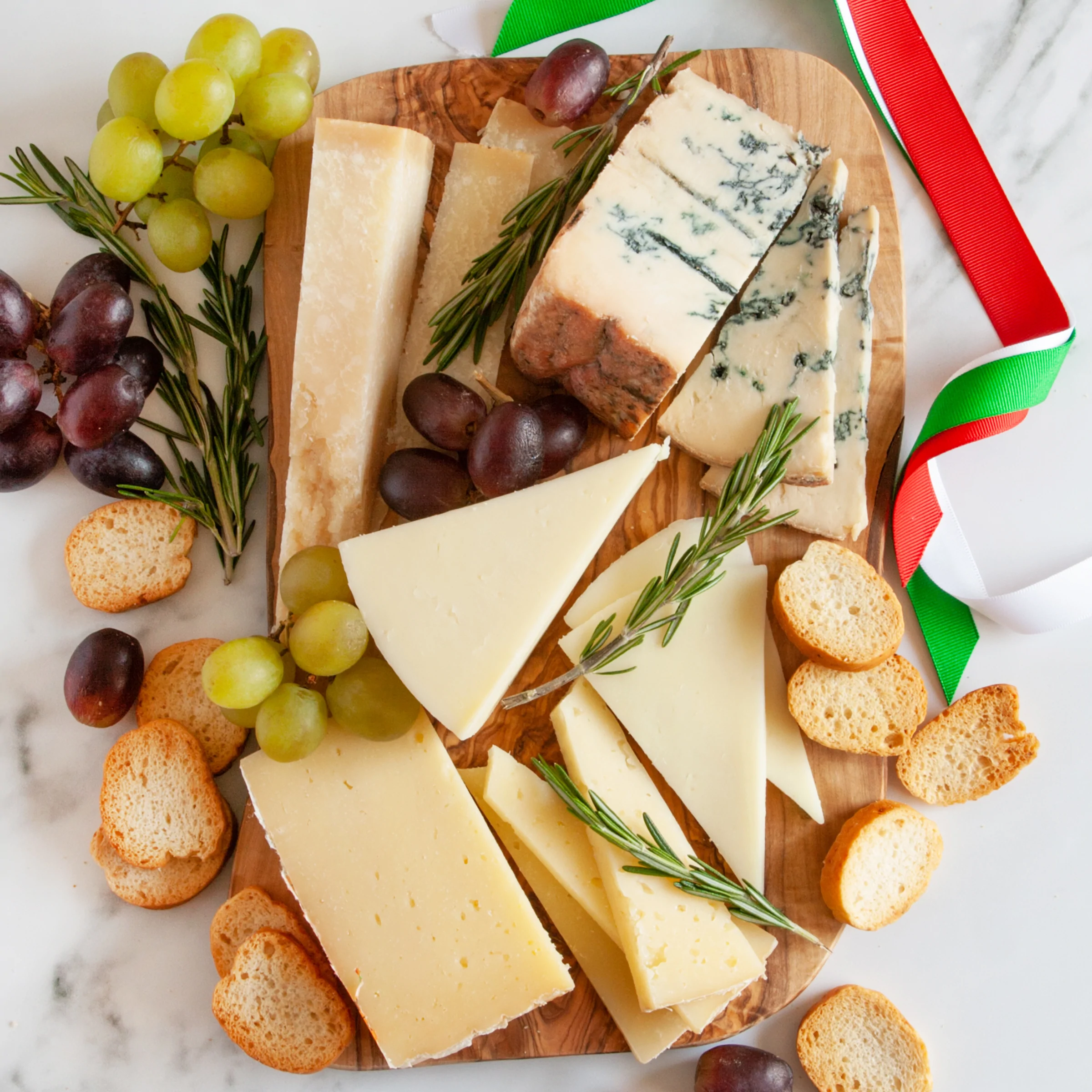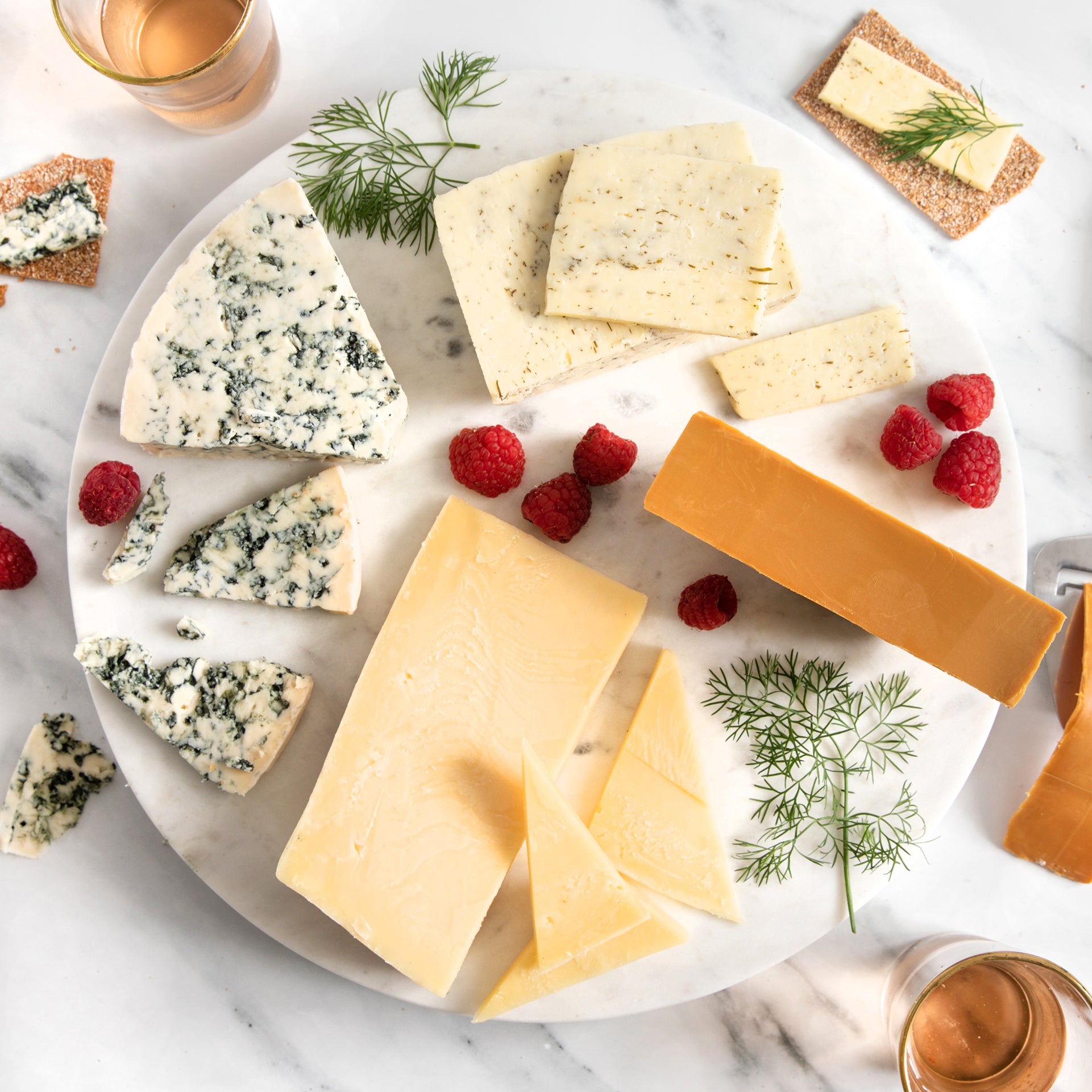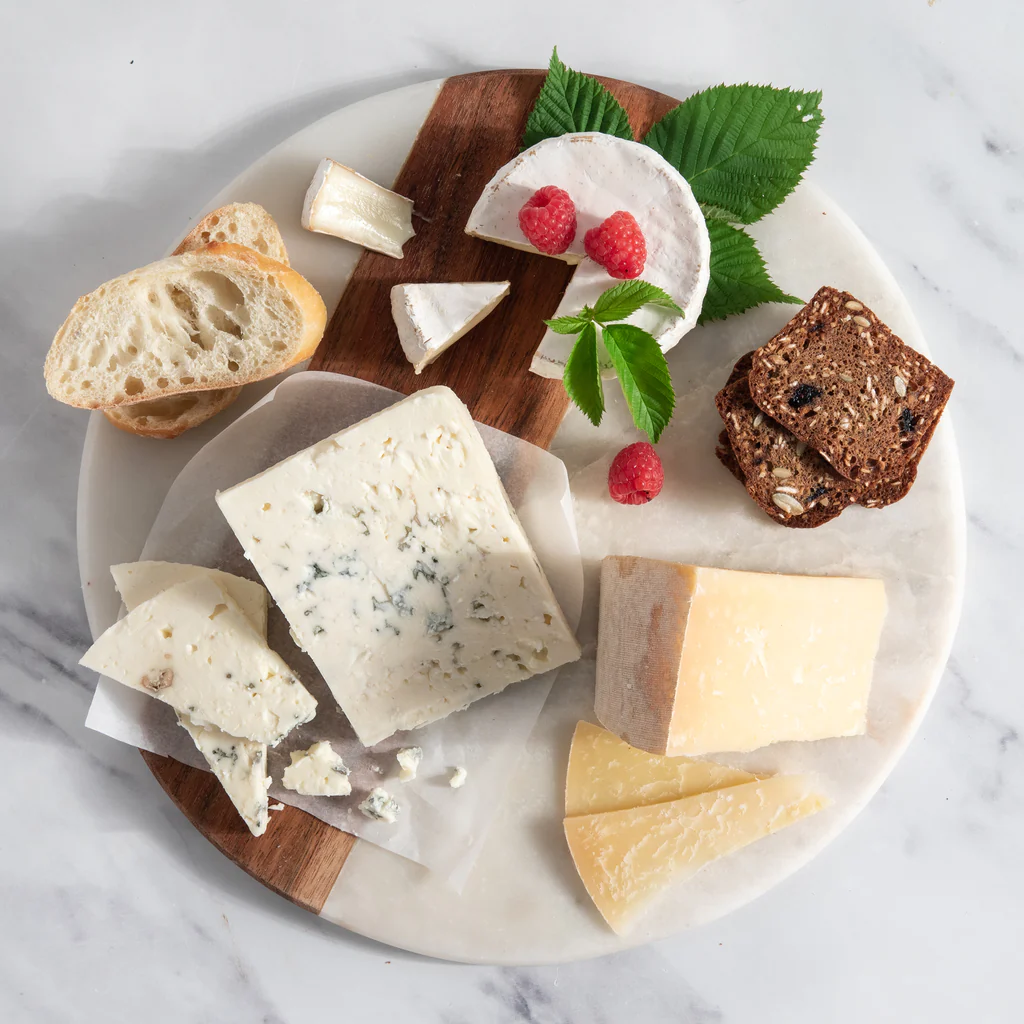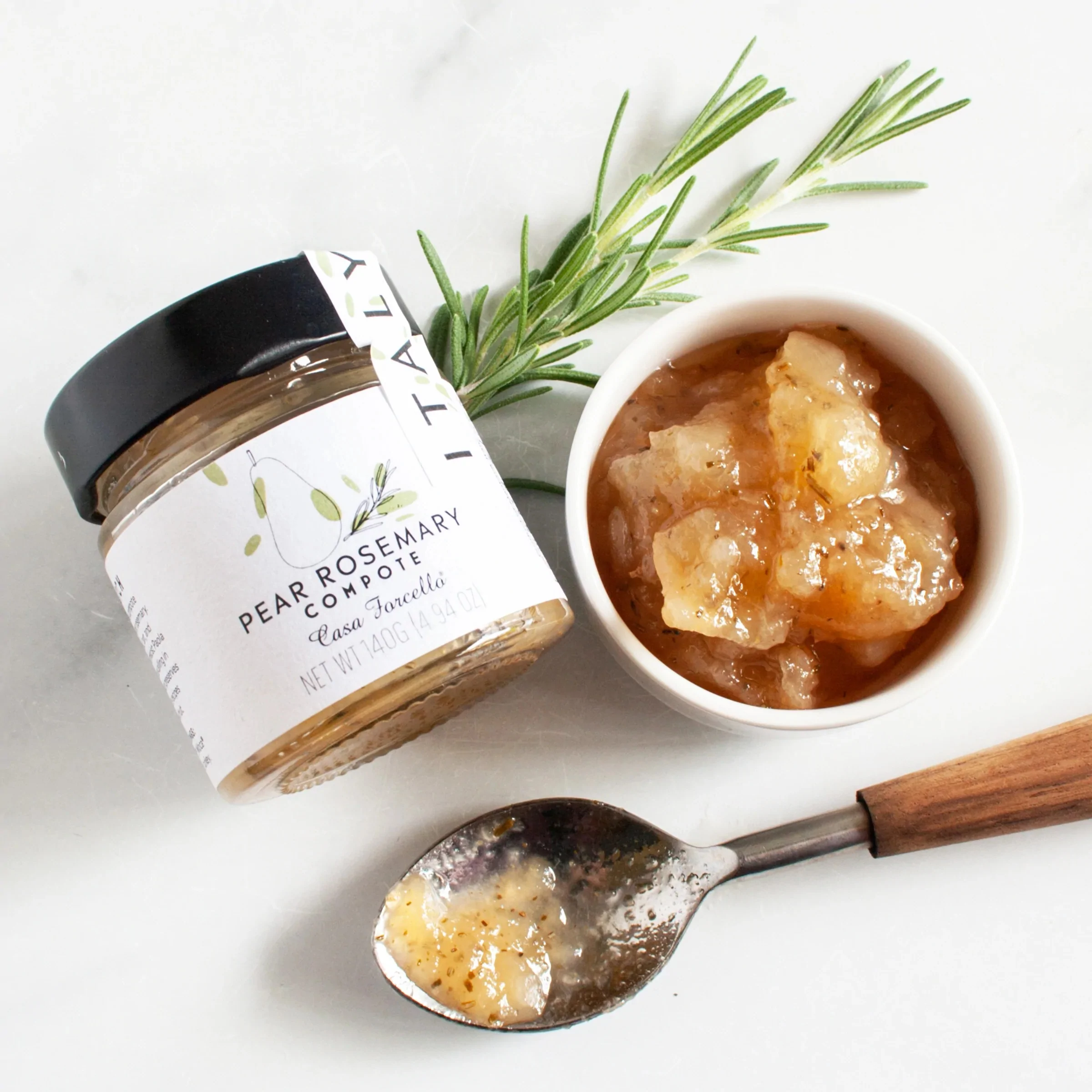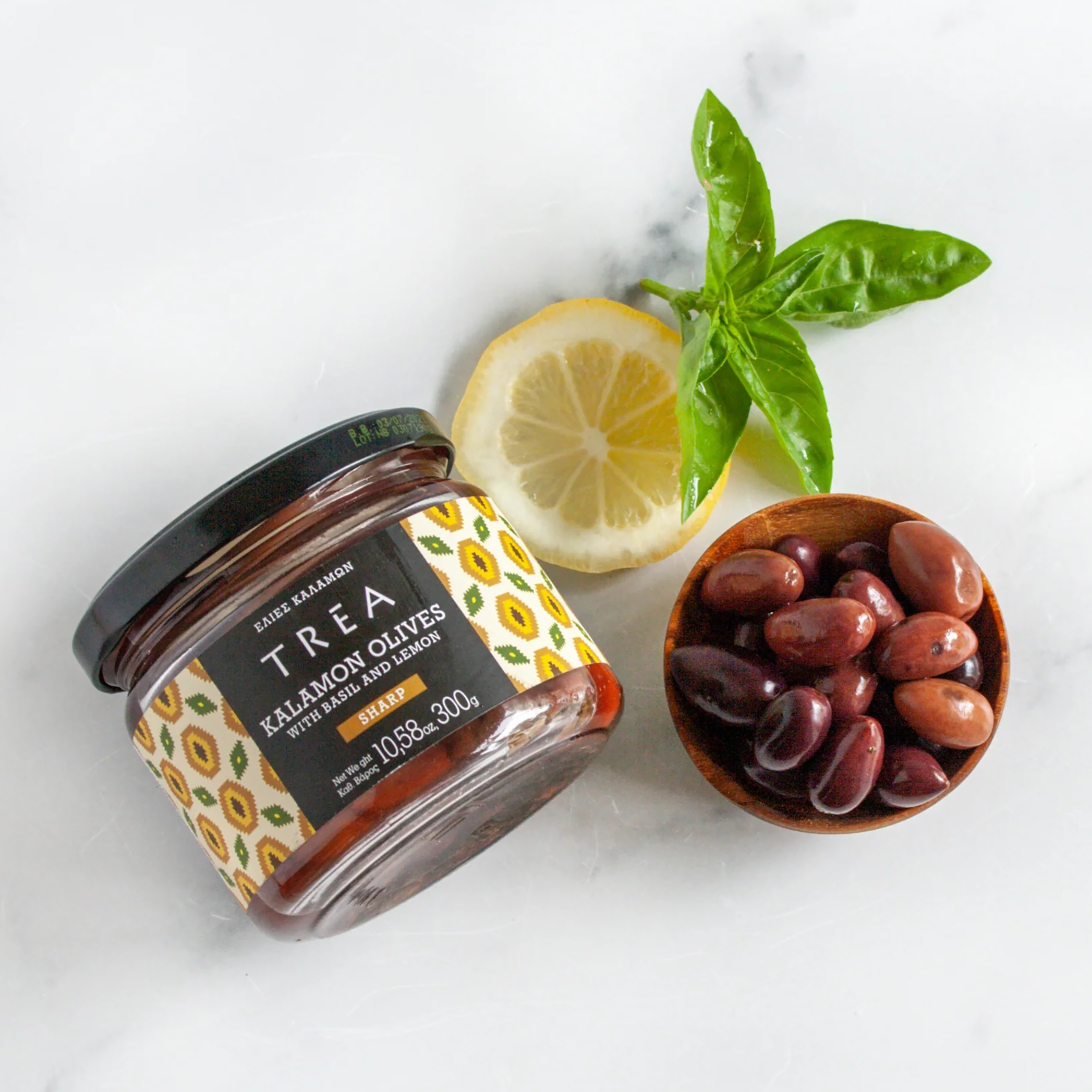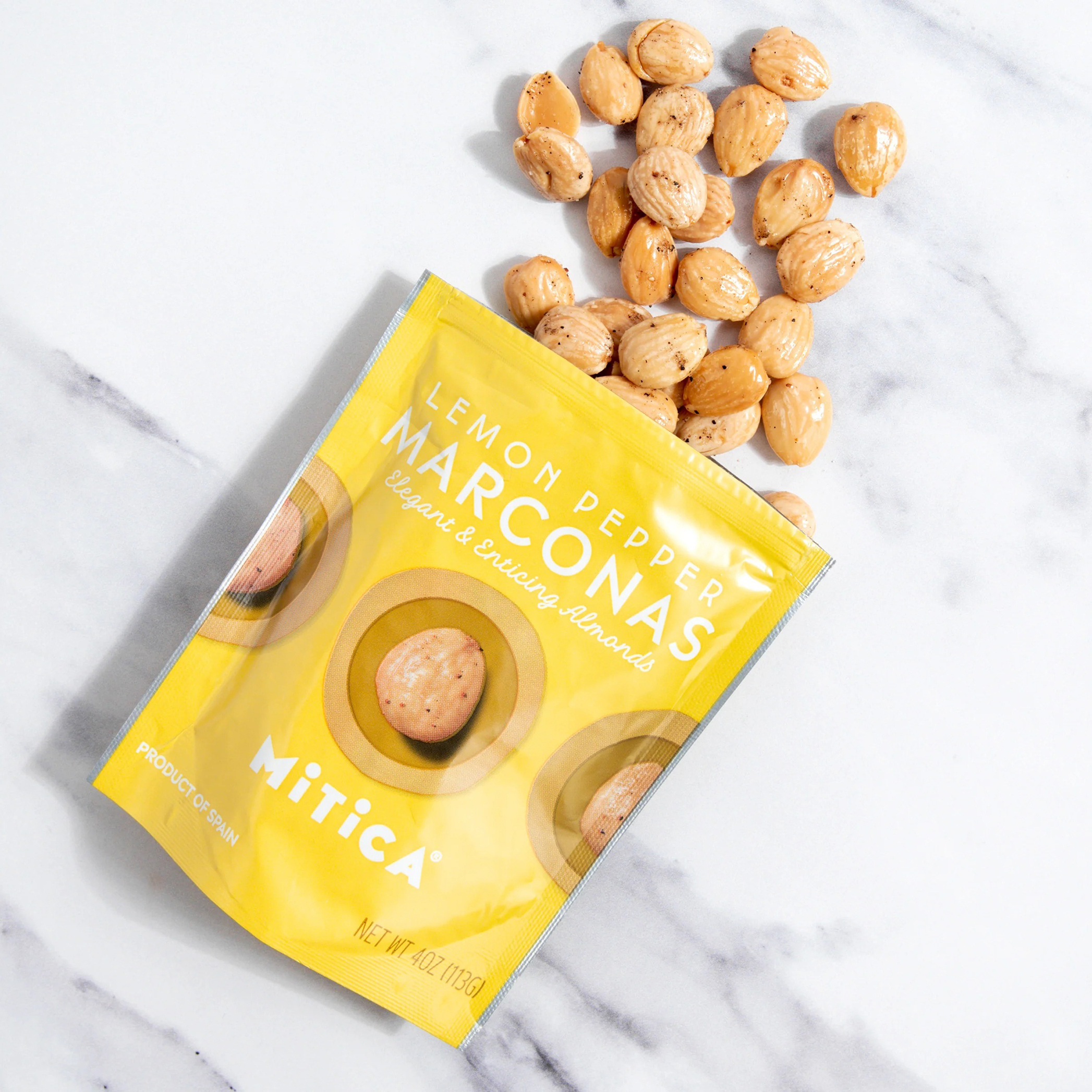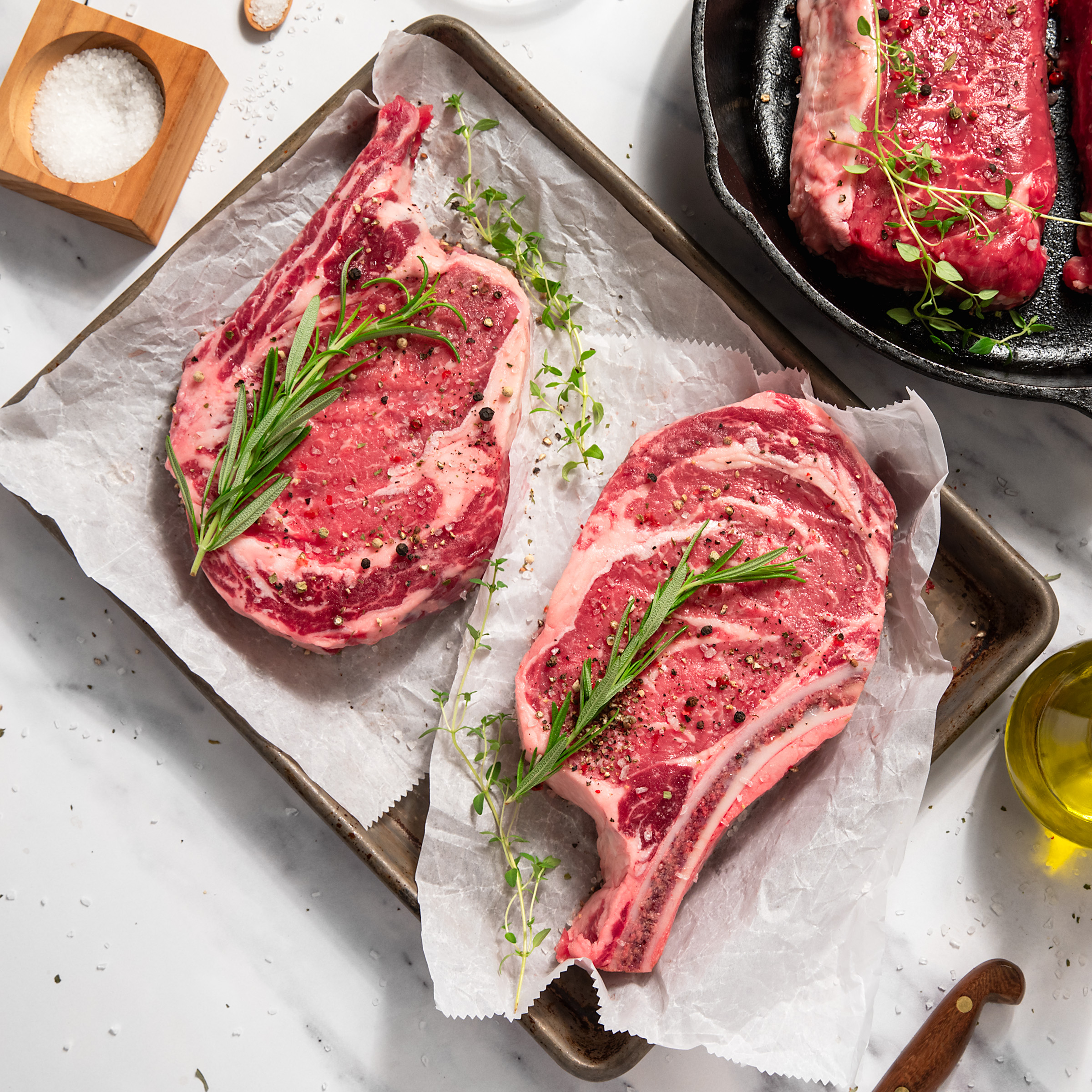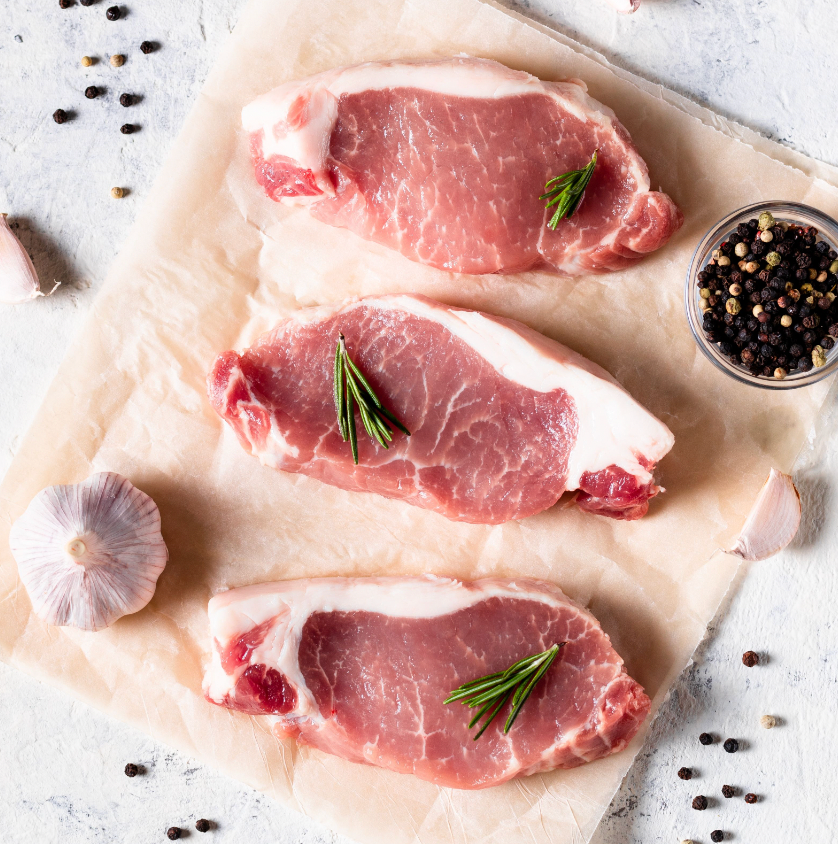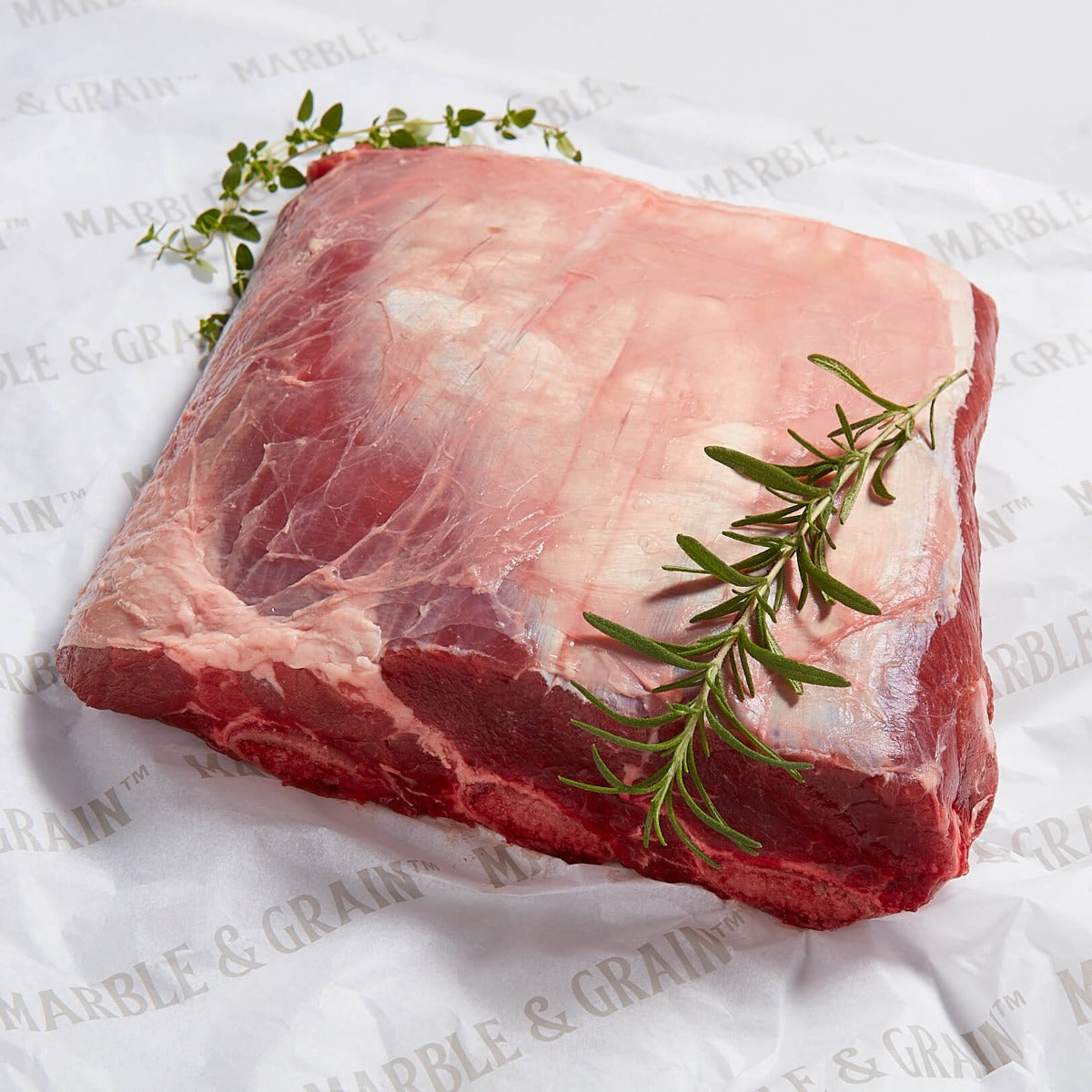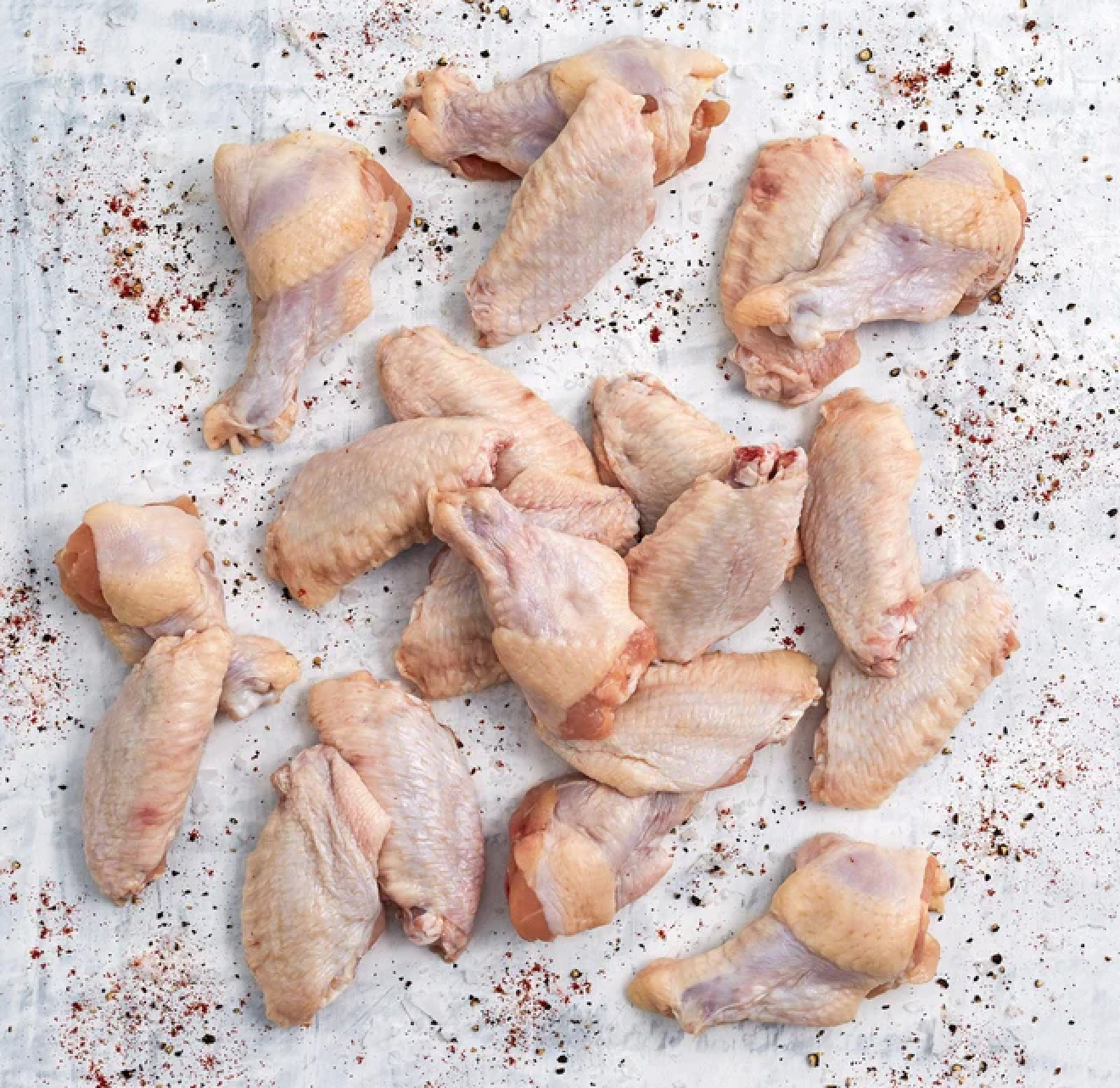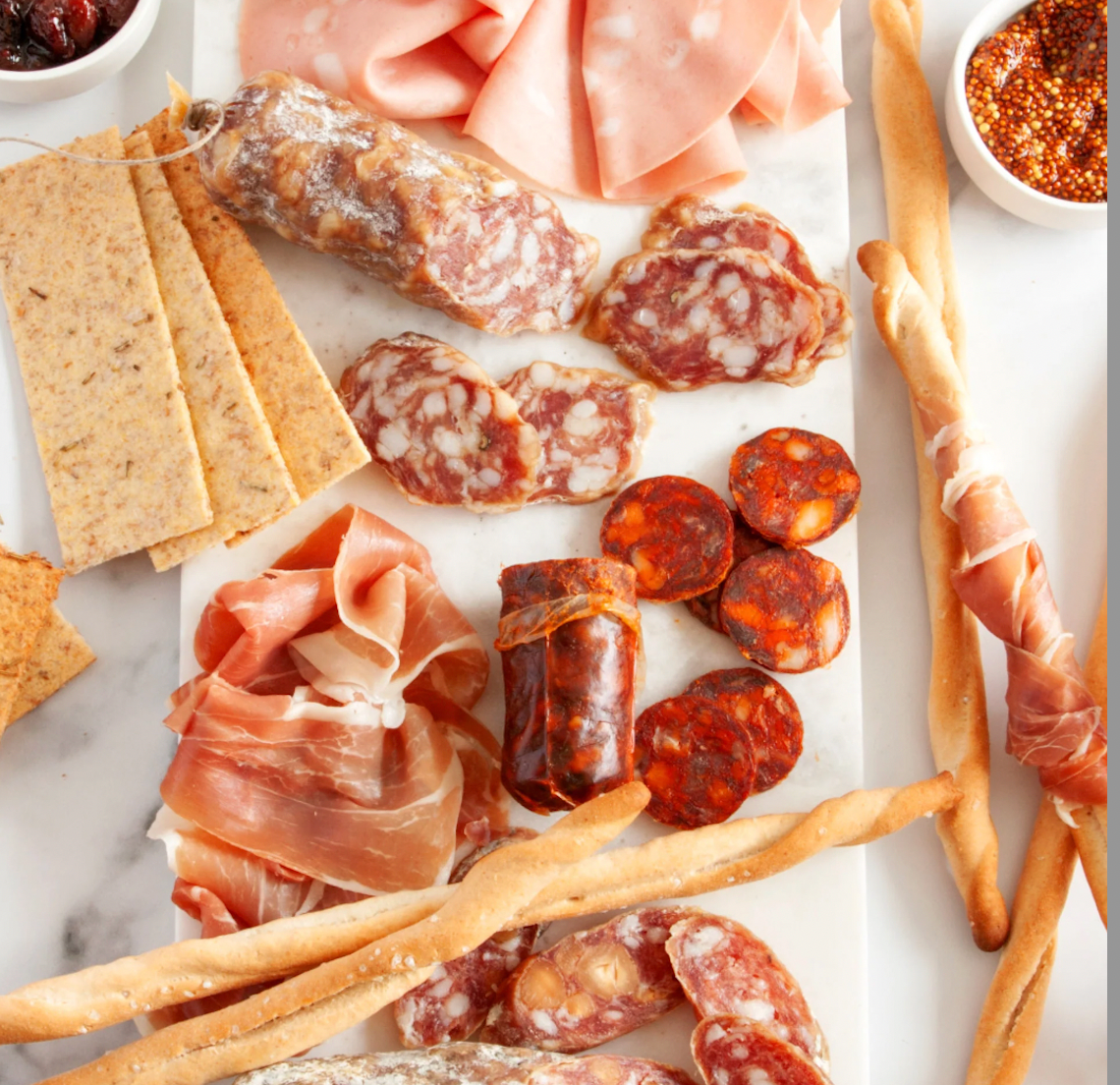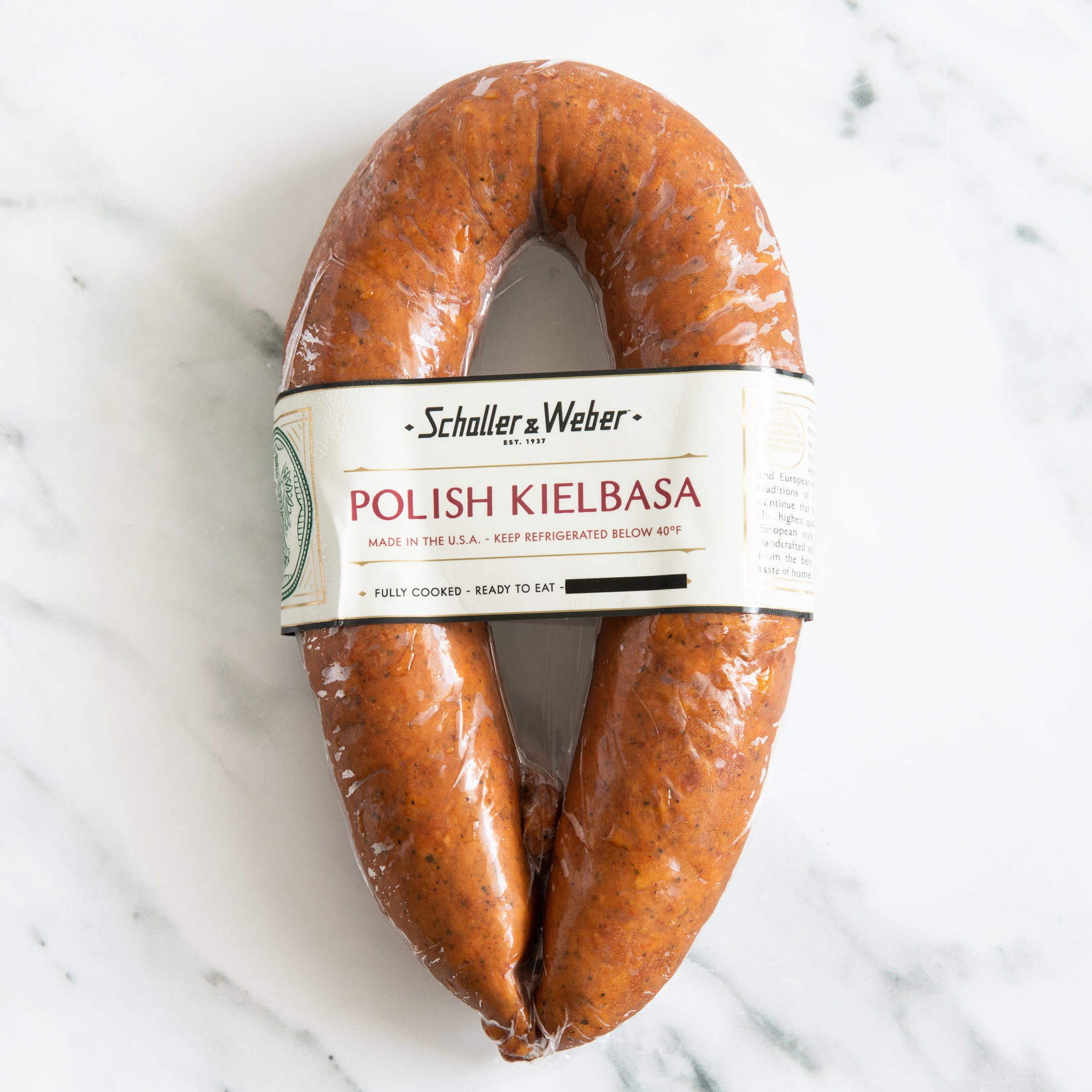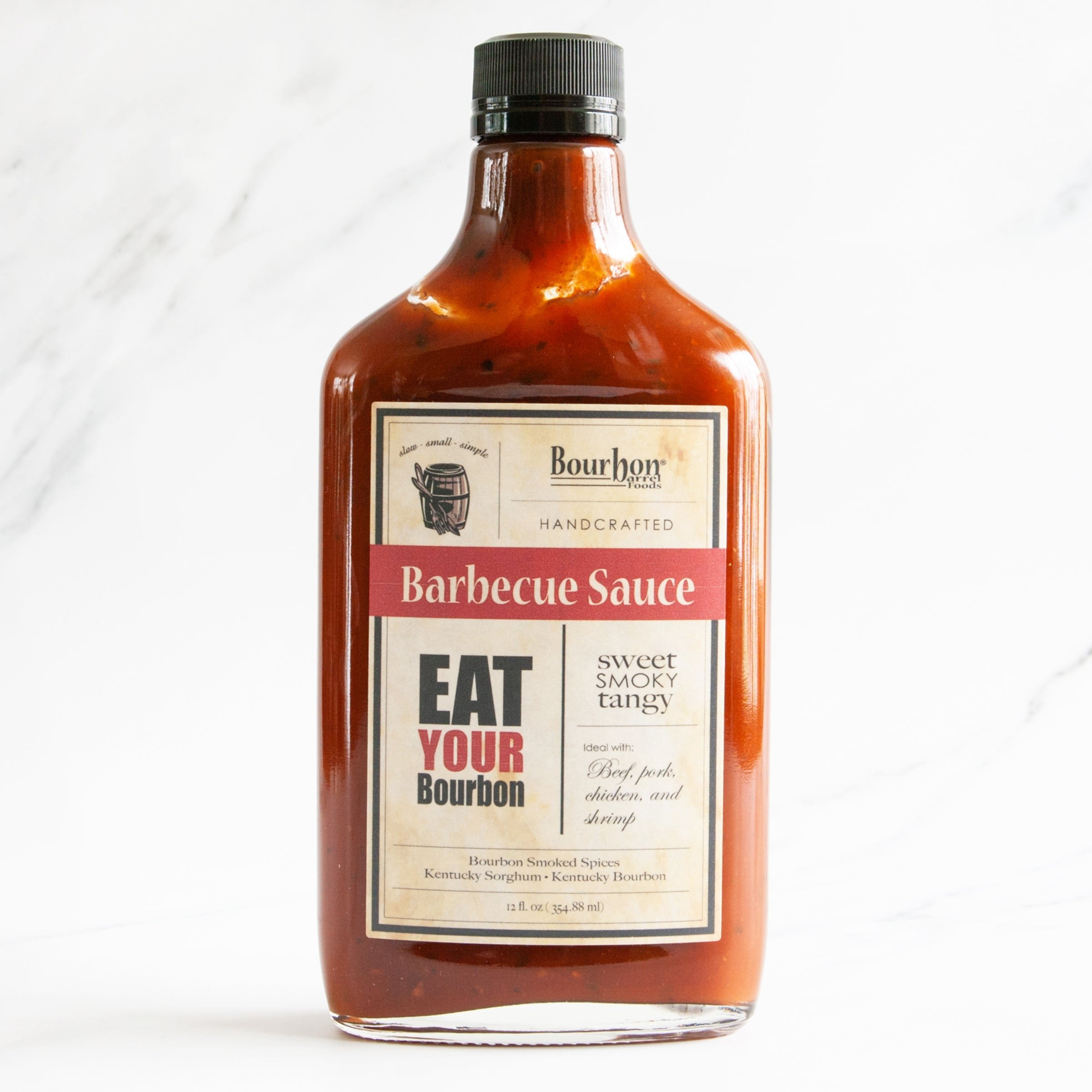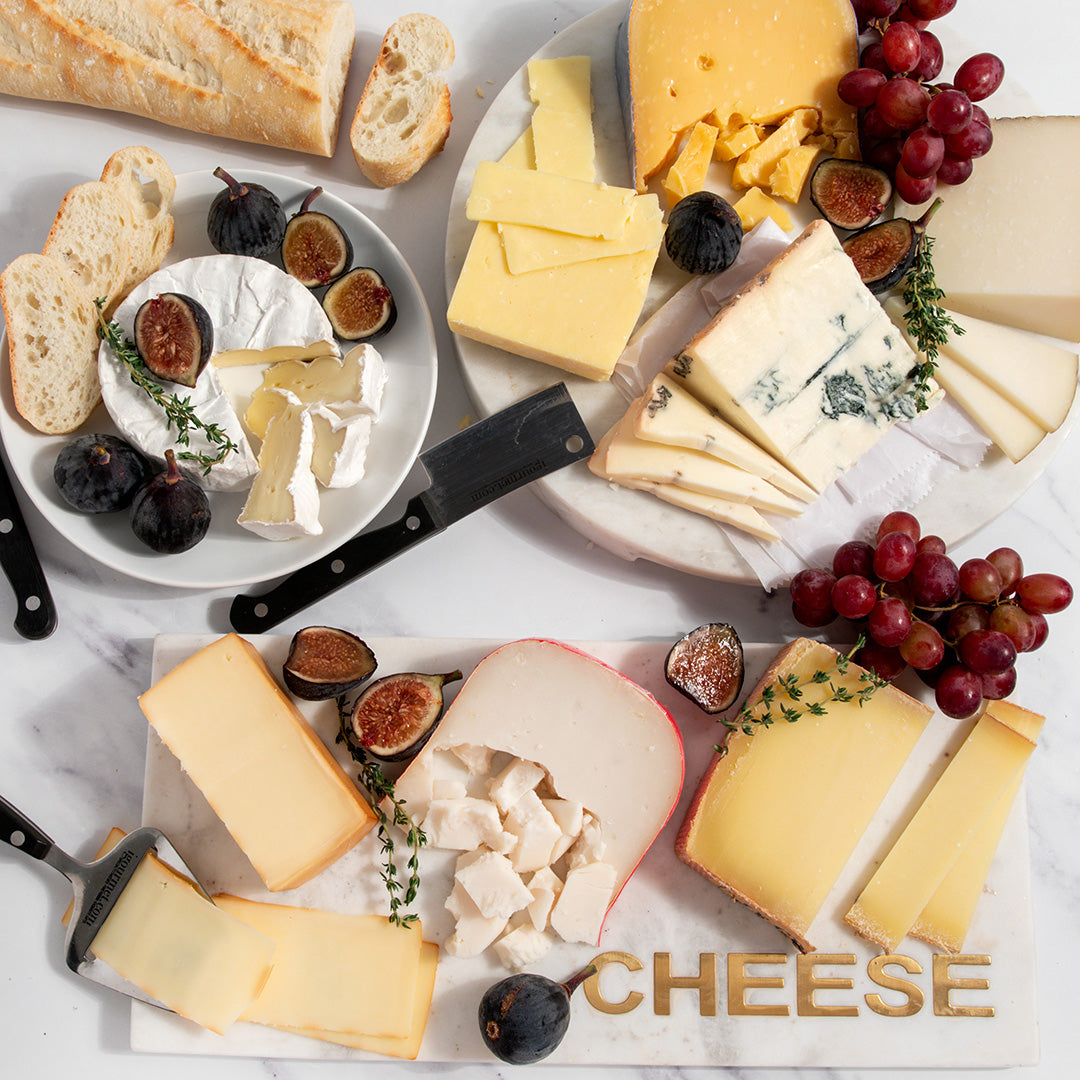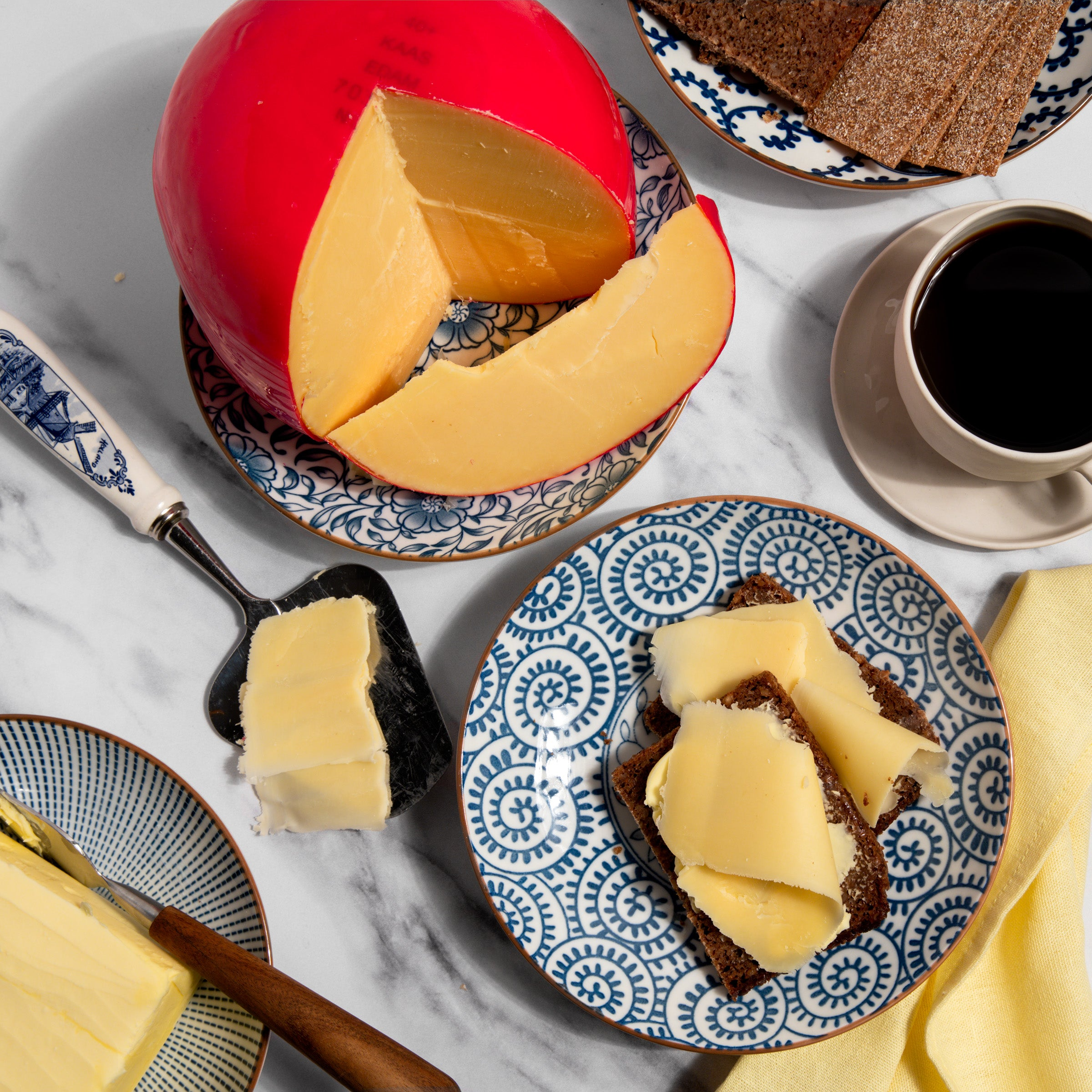Guide to Cheese Types
Parmigiano Reggiano - Gourmet Guide
June 12, 2019 | By Dave Mattingly
Parmigiano-Reggiano is a hard Italian Cheese made from partly skimmed, unpasteurized milk. It is only allowed to be produced in the provinces of Parma, Reggio-Emilia and Modena, as well as parts of Emilia-Romagna. It has a minimum aging period of 12 months, but all Parmigiano Reggiano marked "EXPORT" requires a minimum aging period of 18 months. In Italy, the 18 month aged Parmigiano Reggiano is marked "EXTRA" rather than "EXPORT". No preservatives or artificial ingredients are used in its manufacture. Parmigiano-Reggiano is a product that matures well; evolving in flavor as it ages.
Aged Parmigiano-Reggiano Cheese has numerous health benefits. Because of its long aging period, it's paste is highly concentrated, containing only 30% water, offering a full 70% of its mass as nutrients rich in protein, vitamins and minerals. Lactose intolerant people can rejoice in that Parmigiano-Reggiano Cheese is highly digestible. Furthermore it only has a 28% fat content, which is exceptionally low compared to other cheeses.
Only certain breeds of cow can produce the protein-rich milk that is used to make Parmigano-Reggiano. The Holstein Friesian breed is the most important of the breeds that are approved for Parmigiano-Reggiano milk production. Each Holstein produces around 2,500 gallons of milk each year. Fed on fresh grass during the summer, during the winter months they are commonly fed dehydrated summer grasses. The dehydration retains the grass' essential nutrients, and maintains a constant flora in the cows' stomachs, leading to less stressed cows who provide a consistent quality milk year round.
More work than you can imagine goes into the production of this colassal cheese. It is a money loser for its producers, making its manufacture a true labor of love. Consider all the work of raising the cows, collecting the milk, producing the curd, forming, storing and aging the cheese, and you begin to get the picture. Unlike other cheeses, there are peculiarities in the production of Parmigiano-Reggiano. For example, at around eleven months of aging, a man called the Battore (the Drummer) taps each wheel of Parmigiano-Reggiano cheese with a small metal mallet. If he hears a hollow sound, the cheese likely has a structural flaw. This unfortunate occurance takes place in roughly seven out of every 100 cheeses tested. These wheels lose their Parmigiano-Reggiano emblem from the rind and are sold to the food processing industry. The Parmigiano-Reggiano wheels that pass the test of the Battore are branded with an identification number, and allowed to continue aging.
One month later, each cheese is branded with the logo of the Consorzio. Fresh versions of the cheese can now be legally sold, although most of the product continues to age to at least 18 months. At 24 months, the remianing wheels are once again tested by the Battore, determining those select cheeses that can best survive the longest aging. Any Parmigiano-Reggiano that matures beyond two years is labelled stravecchio (extra aged).
As time passes, Parmigiano-Reggiano ages and becomes deeper in color, forming white amino acid crystals that pleasantly crunch when you eat them. In addition, its milk sugar (lactose) concentrates and caramelizes, creating an aftertaste of tropical fruit and nuts. This caramelization also makes Parmigiano-Reggiano more palatable for those who are lactose intolerant.
Parmigiano-Reggiano production is stewarded by the casaro (cheese maker). His knowledge cannot be acquired in school; it only comes from years of apprenticing. Throughout the manufacture the casaro is constantly checking texture, aroma and quality, mostly with his expert nose and fingers.
Scientists in Italy have extensively studied the health properties of Parmigiano-Reggiano. Their determination: Parmigiano-Reggiano can provide medicinal benefits as it is easy to digest and it works well with the human stomach's natural microflora. In its native region of Italy, Parmigiano-Reggiano is the first solid food given to babies and is used to soothe children with colic. In addition, Parmigiano-Reggiano's high levels of calcium and phosphorus make it an extremely helpful treatment for osteoporosis. Athletes benefit from its extremely high protein value and its comparatively low cholesterol.
Parmigiano Reggiano Vacche Rosse
Long ago, Parmigiano Reggiano cheese was made exclusively from the milk of the Rossa Reggiana cow, a specific breed of cow that has a red coat and is native to the province of Reggio Emilia. Today, Parmigiano-Reggiano that is made from the milk of this rare breed of cow is called Parmigiano Reggiano Vacche Rosse. The Reggiana's milk is full of protein and has a high butterfat content, characteristics that allow the cheese to be aged at least thirty months. Parmigiano Reggiano Vacche Rosse is made in the mountains near Reggio Emilia, a pristine rural area that is far away from pollution sources and has many wild growing herbs and flowers that contribute to the cow's diet. The result is a richer, creamier cheese than most Parmigiano Reggianos, and a grassy, fruity, nutty flavor.
Shop more Parmigiano Reggianos here. To find the best gourmet foods and gift baskets online, begin your search at igourmet.com.







